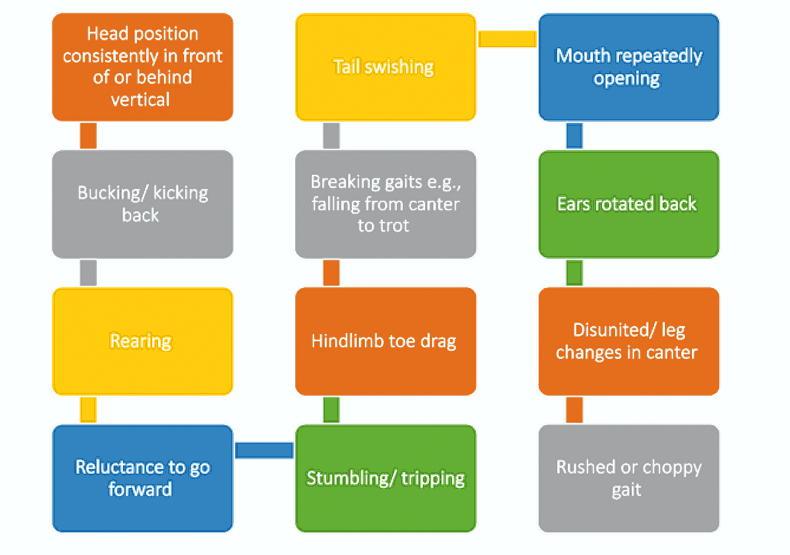MAGICIANS and mind readers often leave us flabbergasted by the acts they perform reading the mind and telling people what they are thinking. For the most part, however, the magic behind it lies in the fact that they are simply reading a person’s body language, relying on non-verbal cues as a form of communication.
How is this relevant? Horses as non-verbal creatures largely rely on their body language and behaviour as a sole form of communication with us. As owners, riders, trainers or the like, it is our responsibility and duty to be able to recognise and decipher what various actions and behaviours indicate.
In an industry that is becoming more densely populated with interventions, therapies, medication, machines, supplements et cetera, it can often be unclear what is best for our horse and when. We are nearly at the point where the market is inundated with the next best invention that promises to cure all ailments and save you a fortune on medical bills in the future.
But to avoid such confusion and likely save your pocket in the interim, listen to the unspoken truth. That is what your horse is telling you, because they are incapable of being dishonest. Most of us will already be in tune on some level with behavioural indicators of pain or discomfort such as stereotypical napping, rearing or biting. However, for most horses these are not subtle signs of discomfort. At this stage the horse is shouting at us. Thankfully there are generally several other indicators that we can pick up on before we get to this level, if we listen and pay attention.
Research conducted by Dr Sue Dyson and colleagues deduced that there are approximately 24 behaviours, the majority of which are 10 times more likely to been seen in horses with the presence of musculoskeletal pain.
When the source of pain was eliminated with diagnostic analgesia a marked reduction in these behaviours was noted. That is not to say that if your horse displays one of these behaviours he is definitely in pain. However, frequent occurrence of such indicators should be noted and likely investigated.
One may ask, have we over complicated it? Surely unless a horse is lame, they are fine? If only it was that simple. Of course, lameness directly correlates with pain and discomfort. Unfortunately though not all sources of pain will present as a conventional type of lameness. For example, if a horse has a bilateral hind limb lameness, meaning both hind limbs, they may look relatively sound to the untrained eye. Another example of this is back pain, extremely significant and performance limiting which may cause gait alternations but not always specific lameness.
Considering all of the above, where does this leave us? If a horse displays some signs of discomfort does this render them redundant? In my opinion, no. Consider the horse as an athlete. Like human athletes their musculoskeletal systems are under stress and strain, albeit of various levels. Like us, asymmetry is more common than uncommon; horses generally have a stronger side and with that comes a weaker side.
So, we must work to support these athletes, our horses, as much as possible to ensure that they can reach their peak potential with minimal repercussions. We must listen and act to their actions to achieve this. Perfection may not always be possible but through effective communication success is attainable.




 This is a subscriber-only article
This is a subscriber-only article
 It looks like you're browsing in private mode
It looks like you're browsing in private mode





SHARING OPTIONS: